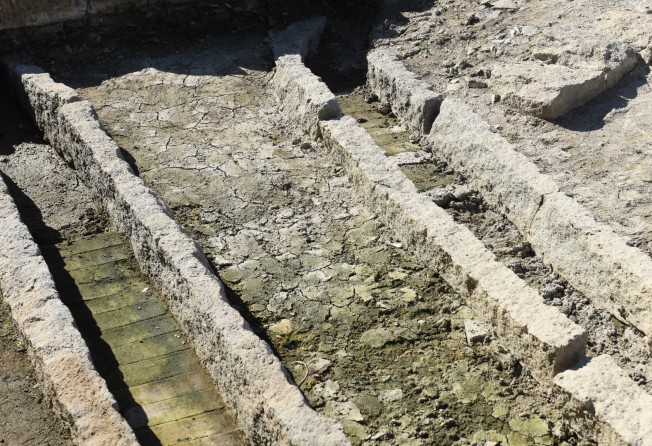
In photos: ancient Chinese port city reveals secrets of Maritime Silk Road
- Archaeologists disclosed fascinating updates of a major city along the ancient Maritime Silk Road
- The site featured two sunken ships, which is a big deal for archaeologists trying to learn about ancient economies
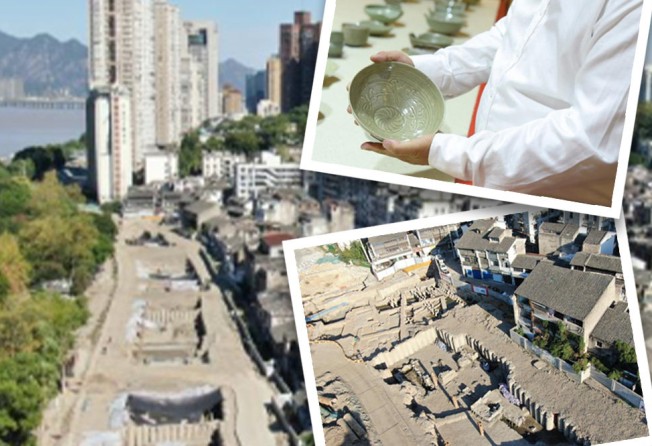
For some residents living along the Oujiang River in the eastern Chinese city of Wenzhou, they get a nice riverside view and can also look out onto an ancient port city that was an active part of the famed Maritime Silk Road.
Shuomen ancient port was discovered in 2021 in Zhejiang province. It is thought to have been active during the Northern Song Dynasty (960-1127) and Yuan Dynasty (1271-1368).

Archaeologists told the local government in Wenzhou that it is one of the most well-preserved sites from the Maritime Silk Road, and they believe it can offer important insights into Chinese international trade at the time.
The excavations have revealed eight wharfs, two sunken ships, porcelain products and lacquerware.
“It is amazing to find two sunken ships at the port,” Liang Yanhua, the director of Wenzhou Municipal Institute of Cultural Relics and Archaeology, told the local government.
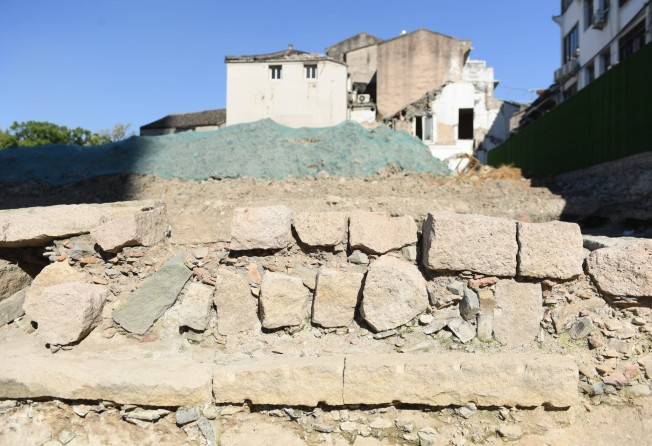
One of the two ships is a type called “fuchuan” or “fortune ship”, a typical vessel used during the Song dynasty. The other ship was also from the Song dynasty but has not been excavated yet.
On the ships, the scientists found evidence of Longquan porcelain that had likely been intended for export before the boats sank. Longquan porcelains are green-coloured ceramics that were one of the country’s most important cultural exports for hundreds of years stretching across the Song and Yuan dynasties.

While the shipwrecked artefacts were largely broken, the site itself revealed some wonderful relics.
The pottery featured glazed plates, beautiful vases, water pots and bowls. There was also a large volume of Longquan porcelain.
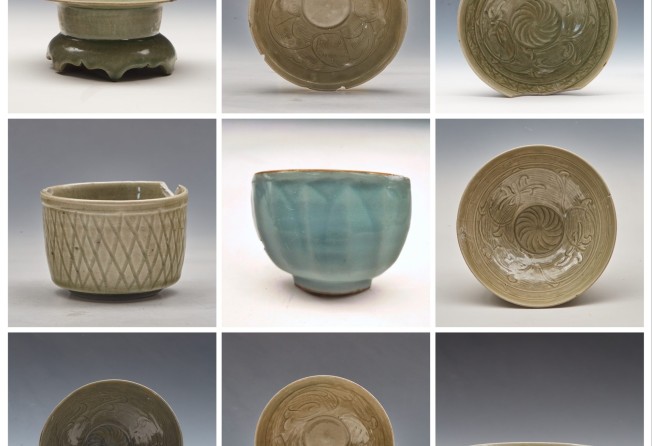
Wenzhou is still a vibrant city, and part of this dig was a reminder that thousands of years of history can build on top of itself. During the excavation, the scientists also found waterwork facilities from the Ming and Qing dynasties. They said that the closer the infrastructure was to the water, the later it was developed.
The theory behind why newer infrastructure was closer to the water is because of erosion. As the water cut into the shorelines over hundreds of years, it created land for reclamation, allowing younger societies to build on the new land.
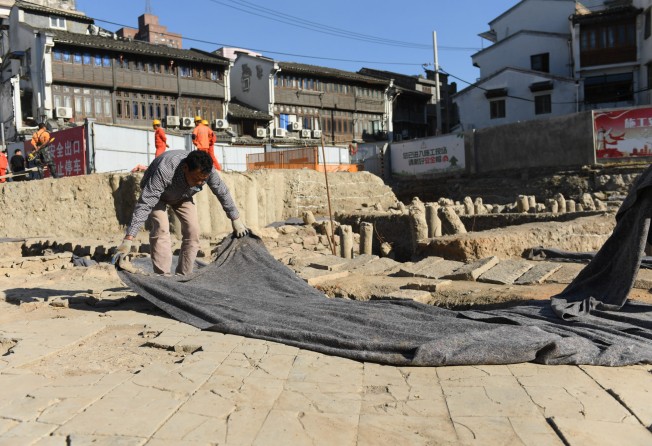
The site is around 4000 square metres in area and sits nearby an old landmark built in 1985 called the Dong’ou Building. Construction workers discovered the site while performing a preliminary analysis of an underpass project.
